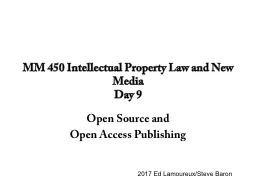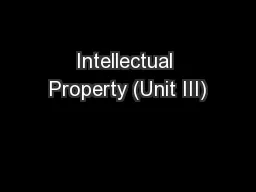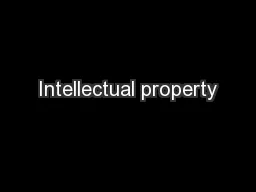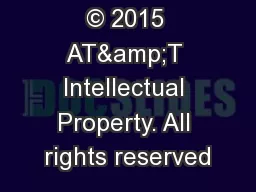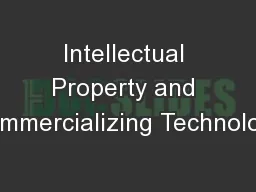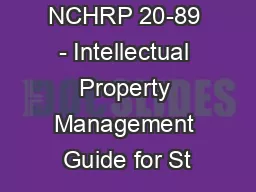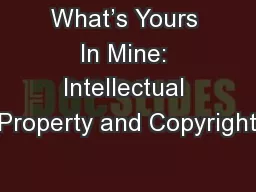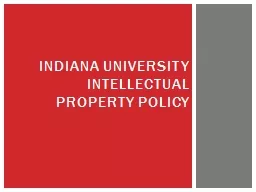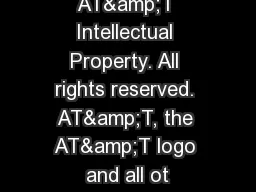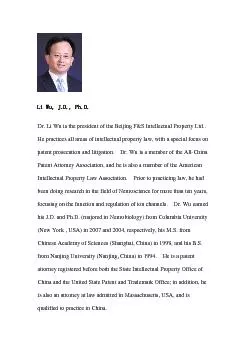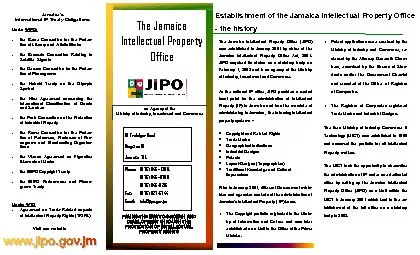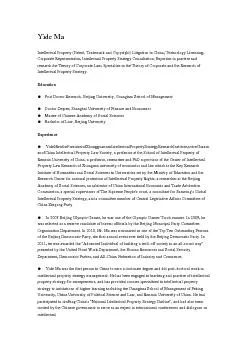PPT-MM 450 Intellectual Property Law and New Media
Author : faustina-dinatale | Published Date : 2018-03-11
Day 9 Open Source and Open Access Publishing 2017 Ed LamoureuxSteve Baron There is little clarity in muddy waters Open source solutions encourage creativity
Presentation Embed Code
Download Presentation
Download Presentation The PPT/PDF document "MM 450 Intellectual Property Law and New..." is the property of its rightful owner. Permission is granted to download and print the materials on this website for personal, non-commercial use only, and to display it on your personal computer provided you do not modify the materials and that you retain all copyright notices contained in the materials. By downloading content from our website, you accept the terms of this agreement.
MM 450 Intellectual Property Law and New Media: Transcript
Download Rules Of Document
"MM 450 Intellectual Property Law and New Media"The content belongs to its owner. You may download and print it for personal use, without modification, and keep all copyright notices. By downloading, you agree to these terms.
Related Documents

